| |
 |
"Steel from Damascus to Sydney"
"Influence of spot joint strength on energy absorption ability of impactloaded thin walled structures"
Maciej Zwierzchowski, Marcin Kaszuba, Paweł Kaczyński
Wrocław University of Technology, Faculty of Mechanical Engineering,
Institute of Production Engineering and Automation,
Department of Forming Processes Engineering,
ul. Łukasiewicza 5, 50-371 Wrocław
e-mail: maciej.zwierchowski@pwr.edu.pl
e-mail: marcin.kaszuba@pwr.wroc.pl
e-mail: pawel.kaczynski@pwr.wroc.pl
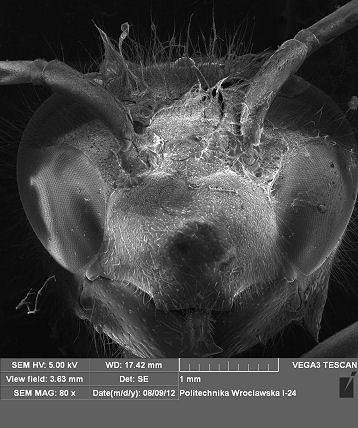
 Wasp (electron microscope) M. Zwierzchowski Wasp (electron microscope) M. Zwierzchowski
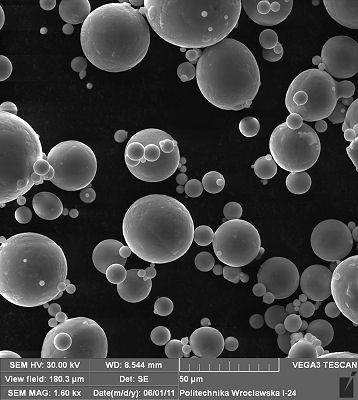
 Titanium oxide 2 (electron microscope) M. Kaszuba Titanium oxide 2 (electron microscope) M. Kaszuba
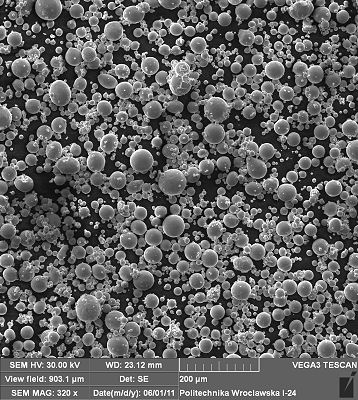
 Titanium oxide 1 (electron microscope) M. Kaszuba Titanium oxide 1 (electron microscope) M. Kaszuba
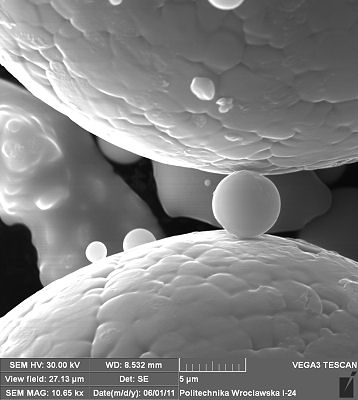
 Titanium oxide 3 (electron microscope) M. Kaszuba Titanium oxide 3 (electron microscope) M. Kaszuba
|

|
Description popularizing the research project
A person of steel nerves never loses their temper. They accept the odds with undisturbed, stoic calm, admired by people around who probably would have already burst out. Apparently, a person of steel nerves has been hardened by life enough to withstand failures with stiff upper lip. We may believe so, although the source of the strength is often as hard to find as the formula for the Damascus steel. The type of steel produced in the Middle East in Middle Ages was famous around the world. According to legends, the Damascus steel swords easily nicked blades of European swords.
Supposedly, contemporary metallurgists, in spite of their efforts and archaeologists' support, are not able to recreate the method of production of the steel, although its structure is very well known. Attempts to recreate the medieval technology are only partially successful. It does not change the fact that the today's steels are still a material of amazing parameters, especially the strength ones. Their application also go much farther than forging blades. Particularly impressive are steel constructions like the ones of Sydney Opera, New York's sky scrapers, bridges and viaducts. It is hard not to mention hulls of vessels and rigs. Yet, on the contrary to the Damascus steel blades, today's constructions are rarely monoliths. Much more often they are build of elements. That is why both the sheets of metal and joint points have to meet the requirements concerning load and stress strength. Rivets, welds or any other joins method must not become the weakest link of the construction. Hence, the properties of the joints undergo similar tests just like the construction material itself.
That means that basing on specialist measurements, models to evaluate efficiency of the solutions applied are developed. The models enable visiting a newly designed building before it is erected. Having access to such simulations means that the designer does not need nerves of steel. And surely not of Damascus steel.
Abstract
Research hypothesis is: there is a strong influence of loadbearing ability of spot-connectors on the crashworthiness parameters of stroke-loaded thin-walled structures. The purpose of the scientific research is to develop a universal model of thin-walled profile spot connectors (for example: clinch joint). Due to its simplicity, it will shorten the time of numerical calculations. Additional purposes are:
- to develop own spot joints strength criterion, which takes into account failure of spot connector,
- to create a numerical model to validate properties of the connection.
It is also planned to test the steels, to develop material parameters for strain-rate strengthening of the material - e.g. Johnson-Cook or Cowper-Symonds.
\
|
|
Komitet Organizacyjny


Sponsorzy
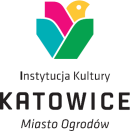



Patronat medialny





|
 2006
2006
 2008
2008
 2010
2010
 2012
2012
 2014
2014





 Wasp (electron microscope) M. Zwierzchowski
Wasp (electron microscope) M. Zwierzchowski













